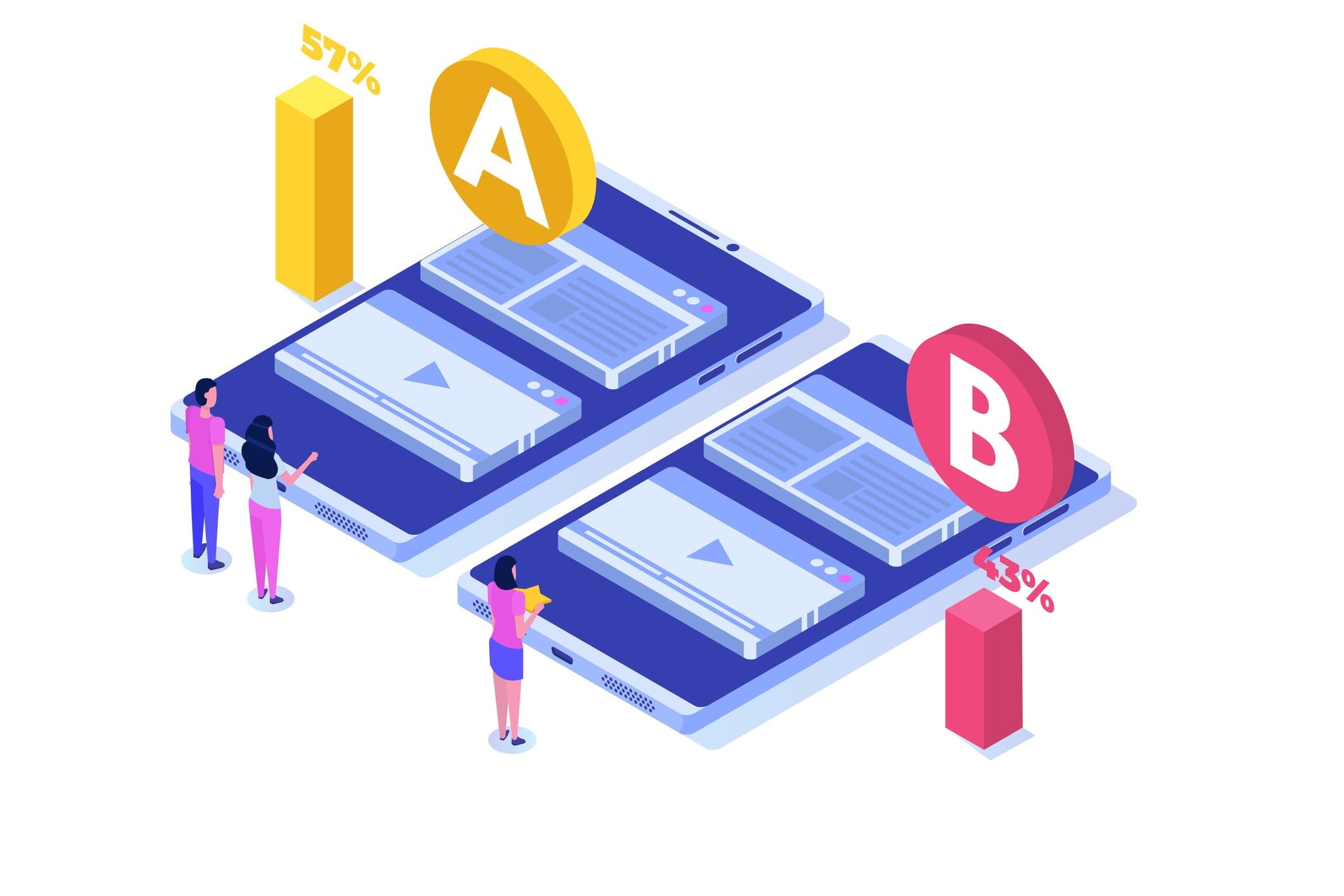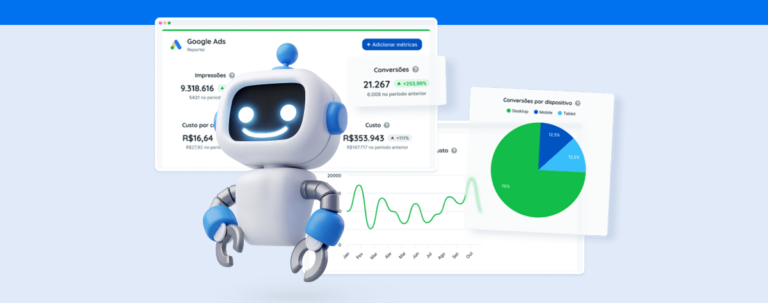Here’s how A/B testing can improve your results on different channels
An effective Digital Marketing strategy always comes with testing, trials, and evaluating hits and misses. To that end, A/B testing is one of the most constantly used and popular techniques in the field.
A/B testing is when two versions of a marketing asset with a single difference between them are compared to analyze performance and see which gets the best results.
These tests are based on valid data rather than guesswork, making them very efficient in helping you understand what attracts your audience and gets a higher conversion rate for your business.
You can (and should) perform A/B testing for content on every possible channel such as Google Ads and social media, landing pages, e-mail, marketing, your website pages, and more.
Are you still wondering whether it makes sense to include A/B testing in your strategy or how to apply it in the context of your business? Keep reading to find out everything you need to know!
Why and when should I perform A/B testing?
One of the main benefits of having a digital marketing strategy for your business is that you can constantly follow up on results, making improvements based on actual data.
But far more than going over results and making decisions based on guesswork, tests are essential for optimizing metrics like Landing Page conversion rate or E-mail Open Rate.
A/B testing helps improve your campaigns. By performing these tests, you can compare two versions of the same ad or page, showing each to a percentage of your audience – always 50%.
Have you ever imagined how simply modifying your call-to-action, for example, you can cause your audience to feel more tempted to click? Or you might make your title more attractive, moving leads to viewing your full content?
Of course, what you choose to modify should depend on the metric you want to follow, and it’s best to select only one for each test you run, so you can understand what exactly it was that contributed to your result.
Another benefit of working with A/B tests is that performing tests isn’t complex. It only takes knowing what you need to measure and using the right tools to distribute your content.
Next, we’ll explain the main items you can run A/B tests on and the most suitable mechanisms for performing them. Let’s begin?
What elements can I modify?
Using A/B testing gives you a world of opportunities for making efficient changes to your content.
So, as we’ve mentioned before, you should always modify elements according to the result you’re aiming to optimize.
An image in the body of an e-mail, for instance, won’t make a difference in your E-mail Open Rate. But a more attractive title might certainly tempt leads to access your content in full.
With that in mind, there are quite a few marketing assets that you can modify according to your objectives and channels. We’ve listed a few of the most common below:
- Titles on pages, Landing Pages, or e-mails;
- CTAs;
- Fields in forms;
- Images or videos;
- Description of content;
- Colors and shapes;
- And the way you arrange the elements above.
Of course, the possibilities don’t end there. On Facebook Ads, you get to test different audiences, positioning, or placement for the same content.
You might also want to try sending the same e-mail at different times of the day or tweaking your offer to find the most attractive version. Great, isn’t it?
Tools to help you perform A/B testing
If you want to perform successful A/B tests, using tools to aid you in each phase is recommended. These tools make it easy to both deliver content and measure results.
Some of the most recommended are Google Optimize (which took over Google Analytics’ testing features), Optimizely, and VWO.
As for Facebook and Instagram, Ad Manager gives you options for recognition, consideration, and conversion campaigns.
If you use RD Station Marketing, you can develop and follow tests for your Landing Pages and e-mail marketing campaigns as well.
How long should I run a test?
So you’ve defined the objectives of your strategy and the tools to help you execute them. Now, we’re left with one question. How long should you run an A/B test to be able to compare the two versions effectively?
Of course, it all depends on where you’re running the test. While e-mail tests may deliver results in a couple of hours, it might be several weeks before you can analyze concrete results from a Landing Page test.
So, when planning your strategy, consider the service life of your test. Make sure there is enough time for your audience to interact with both versions.
After that, make sure to analyze those results and use them to improve in the future, particularly with almost identical content.
If an A/B test doesn’t work how you hoped, try modifying a different element and try again. And when you do get good results, keep experimenting to learn more about your audience’s behavior.
Whenever you need to optimize results, run new A/B tests. Take advantage of how efficient Digital Marketing is for measuring and optimizing your outcome to create more effective actions for your business.





